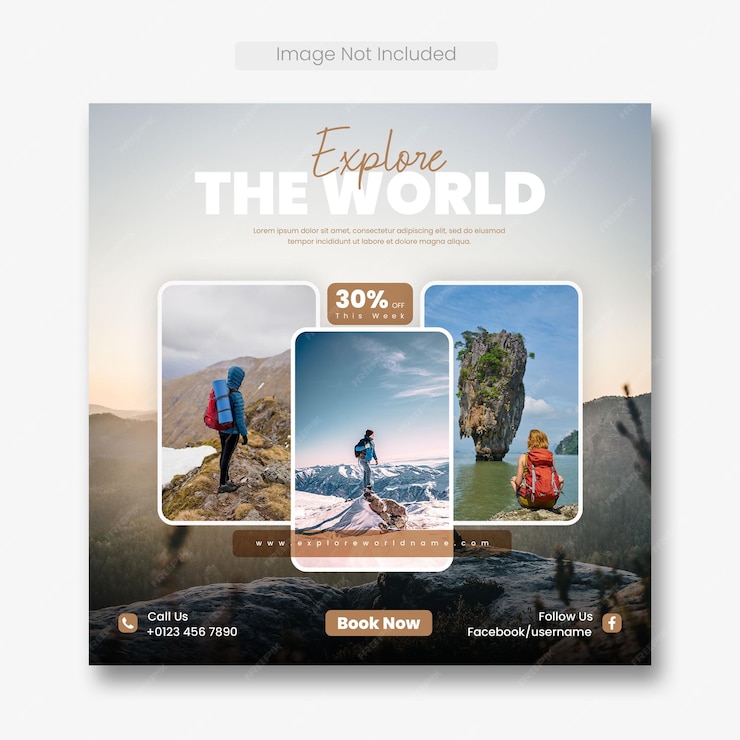The world of work attire can be a confusing one, especially with the rise of business casual environments. While a business professional dress code is clear-cut (suits, dress shirts, ties), business casual leaves more room for interpretation. This article will guide you through the key differences between these two dress codes and provide tips for achieving a polished look in either setting.
Business Professional: Sharp and Polished
Business professional attire is the go-to for formal environments, important meetings, and interviews. It projects an image of competence, authority, and respect. Think sharp suits in neutral colors (black, navy, gray) for both men and women. Women can also opt for dress pants and skirts paired with blouses or blazers. Accessories should be minimal and classic Wikipediablog.com/.
Business Casual: Relaxed Refinement
Business casual offers more flexibility, allowing you to incorporate elements of both professional and casual wear. Key is striking the right balance between polished and comfortable. Here are some tips:
- Tops: Opt for collared shirts, button-downs, blouses, or polos. Avoid t-shirts, tank tops, and anything too revealing.
- Bottoms: Dress pants, chinos, or skirts that hit at the knee or lower are all suitable options. Stay away from ripped jeans, leggings, and overly short skirts.
- Jackets and Sweaters: Blazers, cardigans, and sweaters can add a touch of professionalism to your outfit.
- Shoes: Closed-toe shoes are a must. Loafers, pumps, flats, and oxfords are all good choices. Avoid sneakers and sandals (unless in a very casual office environment).
- Accessories: Keep it simple and professional. Avoid excessive jewelry or anything too flashy.
When in Doubt, Err on the Side of Caution
If you’re unsure about the dress code in a particular workplace, it’s always best to err on the side of caution and dress a bit more formally. You can always take off a jacket or loosen a tie if the environment is more casual than you expected. It’s better to be overdressed than underdressed, especially in situations like interviews or important meetings where first impressions matter.
Remember:
- Fit is key. Clothes should be clean, ironed, and well-fitting.
- Neatness matters. Avoid wrinkled clothes, chipped nail polish, or excessive cologne/perfume.
- Let your personality shine through! Business attire doesn’t have to be boring. You can incorporate your personal style through subtle touches like color choices or patterns (as long as they remain professional).
By understanding the nuances of business and business casual attire, you can project the right image and feel confident in any work environment.



